-
 Bitcoin
Bitcoin $112100
0.54% -
 Ethereum
Ethereum $4490
-0.66% -
 XRP
XRP $2.964
-0.77% -
 Tether USDt
Tether USDt $0.0000
0.02% -
 BNB
BNB $873.3
1.49% -
 Solana
Solana $213.6
4.05% -
 USDC
USDC $0.9998
0.02% -
 Dogecoin
Dogecoin $0.2221
0.81% -
 TRON
TRON $0.3442
-0.62% -
 Cardano
Cardano $0.8495
-0.84% -
 Chainlink
Chainlink $24.92
3.76% -
 Hyperliquid
Hyperliquid $45.96
-4.25% -
 Ethena USDe
Ethena USDe $1.001
0.00% -
 Sui
Sui $3.451
-0.33% -
 Stellar
Stellar $0.3793
-0.24% -
 Bitcoin Cash
Bitcoin Cash $553.0
-0.35% -
 Cronos
Cronos $0.3245
24.53% -
 Avalanche
Avalanche $24.46
-0.52% -
 Hedera
Hedera $0.2381
-0.79% -
 UNUS SED LEO
UNUS SED LEO $9.575
0.18% -
 Litecoin
Litecoin $113.0
-0.03% -
 Toncoin
Toncoin $3.176
0.44% -
 Shiba Inu
Shiba Inu $0.00001254
0.36% -
 Polkadot
Polkadot $3.942
1.97% -
 Uniswap
Uniswap $9.944
0.41% -
 Dai
Dai $1.000
0.02% -
 Bitget Token
Bitget Token $4.586
-1.15% -
 Monero
Monero $268.6
-0.68% -
 Aave
Aave $316.4
-1.82% -
 Ethena
Ethena $0.6656
8.33%
Coinbase NFT Marketplace: A Beginner's Guide to Buying and Selling
The Coinbase NFT marketplace offers a secure, user-friendly platform to buy, sell, and discover NFTs across multiple blockchains with low fees and strong authenticity verification.
Aug 28, 2025 at 02:02 pm
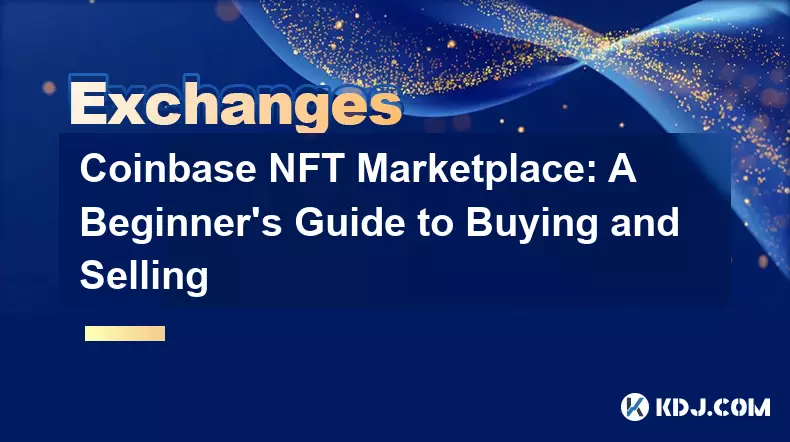
Understanding the Coinbase NFT Marketplace
1. The Coinbase NFT marketplace operates as a decentralized platform where users can buy, sell, and discover non-fungible tokens. Unlike traditional exchanges, it focuses exclusively on digital collectibles, artwork, and blockchain-based assets. Built with Ethereum and other EVM-compatible chains in mind, it supports multiple standards such as ERC-721 and ERC-1155.
2. Users access the marketplace directly through their Coinbase wallet, ensuring seamless integration with existing accounts. This reduces friction during onboarding and allows for instant verification of ownership and transaction history. The interface is designed for simplicity, making it ideal for newcomers unfamiliar with blockchain mechanics.
3. Listings appear with detailed metadata, including creator information, edition size, and provenance history. This transparency helps users evaluate authenticity and scarcity before committing to a purchase. Each NFT is tied to a unique token ID, visible on the blockchain for public verification.
4. The marketplace supports multiple blockchains, including Ethereum, Polygon, and Base, reducing gas fees and increasing accessibility. Polygon, in particular, offers near-instant transactions with minimal costs, appealing to frequent traders and creators alike.
5. Coinbase enforces strict listing policies to prevent fraudulent or plagiarized content, ensuring a safer environment for both buyers and sellers. Every collection undergoes a review process before being featured, minimizing exposure to scams and counterfeit assets.
How to Buy NFTs on Coinbase
1. To begin purchasing, users must first connect a compatible wallet—either the Coinbase Wallet app or browser extension—to the NFT platform. Once linked, the dashboard displays available collections, trending drops, and personalized recommendations based on browsing behavior.
2. Browsing is facilitated through filters such as price range, blockchain network, category (art, PFPs, gaming), and rarity. Users can click on any NFT to view its attributes, ownership history, and current bid offers if it’s part of an auction.
3. When ready to buy, users select “Purchase Now” for fixed-price listings or place a bid for auction-style drops. Payments are made using ETH, MATIC, or USDC, depending on the chain and seller preferences. Transactions are executed only after wallet confirmation.
4. After a successful purchase, the NFT appears in the user’s wallet within minutes. It can be viewed under the “Collected” tab and transferred or displayed across compatible dApps and metaverse platforms.
5. Gas fees are automatically calculated at checkout, and users receive real-time updates on transaction status through email and in-app notifications. This ensures clarity and prevents confusion during high-network congestion periods.
Selling Your NFTs on the Platform
1. To list an NFT, users navigate to their wallet’s inventory and select the item they wish to sell. They then choose between a fixed-price sale or an auction with a set duration, typically ranging from 1 to 7 days.
2. Pricing is entered in the native currency of the blockchain—ETH for Ethereum, MATIC for Polygon, etc. Sellers can also set royalty percentages, ensuring they earn a commission on future resales. These royalties are enforced through smart contracts.
3. Before publishing, the listing undergoes a brief validation process to confirm ownership and metadata accuracy. Once live, the NFT appears in search results and category feeds, increasing visibility among active collectors.
4. When a buyer purchases the NFT, funds are automatically deposited into the seller’s wallet, minus platform fees. Coinbase charges a 2.5% fee on all successful sales, one of the lowest in the industry.
5. Sellers retain full control over their listings and can cancel or edit them at any time, provided no bids have been placed or the item hasn’t sold. This flexibility supports dynamic pricing strategies and responsive market engagement.
Frequently Asked Questions
How do I verify the authenticity of an NFT on Coinbase?Each NFT includes a verifiable blockchain record showing its creation address, transaction trail, and contract details. Users can cross-reference this data with external explorers like Etherscan or PolygonScan to confirm legitimacy.
Can I transfer NFTs purchased on Coinbase to another wallet?Yes, any NFT bought on the marketplace can be transferred to external wallets that support the respective blockchain standard. This includes MetaMask, Trust Wallet, and hardware solutions like Ledger.
Are there any hidden fees when buying or selling?Beyond the displayed price and network gas fees, the only additional cost is the 2.5% platform fee applied to sellers. Buyers are not charged extra beyond the purchase amount and transaction costs.
What happens if an auction ends without any bids?If no bids are placed by the end of the auction period, the NFT remains in the seller’s wallet. The listing expires automatically, and the item can be relisted with adjusted terms or converted to a fixed-price offer.
Disclaimer:info@kdj.com
The information provided is not trading advice. kdj.com does not assume any responsibility for any investments made based on the information provided in this article. Cryptocurrencies are highly volatile and it is highly recommended that you invest with caution after thorough research!
If you believe that the content used on this website infringes your copyright, please contact us immediately (info@kdj.com) and we will delete it promptly.
- Helium (HNT) Crypto: Altcoin Overhaul Setting Up for a Breakout?
- 2025-08-29 05:05:28
- Shiba Inu: Whale Activity and Exchange Inflows - A Deep Dive
- 2025-08-29 05:25:19
- Ruvi AI: The AI Token Overtaking Cardano with Strategic Partnerships
- 2025-08-29 05:25:19
- Cronos, CRO, Crypto 2025: Riding the Wave to Mass Adoption
- 2025-08-29 02:45:11
- Pumpfun's PUMP Token Buybacks: Stabilizing the Meme Coin Market?
- 2025-08-29 03:45:12
- Bitcoin's $150K Dream: Can the Crypto King Reach a New Record?
- 2025-08-29 01:10:12
Related knowledge
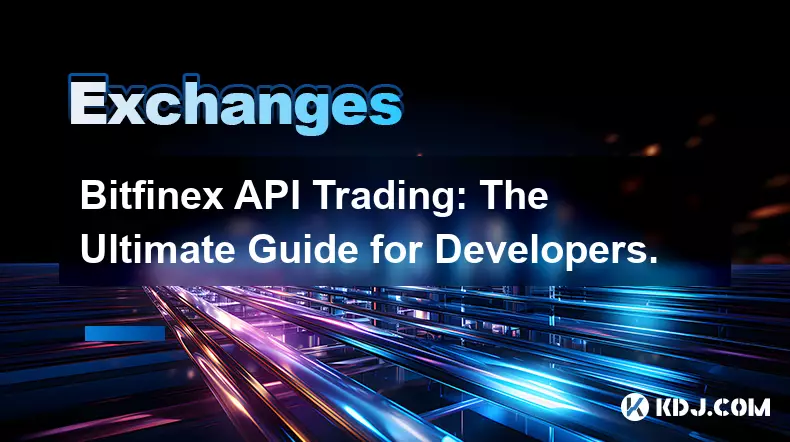
Bitfinex API Trading: The Ultimate Guide for Developers.
Aug 29,2025 at 06:29am
Understanding Bitfinex API Basics1. Bitfinex provides a comprehensive REST and WebSocket API that allows developers to interact with its trading engin...
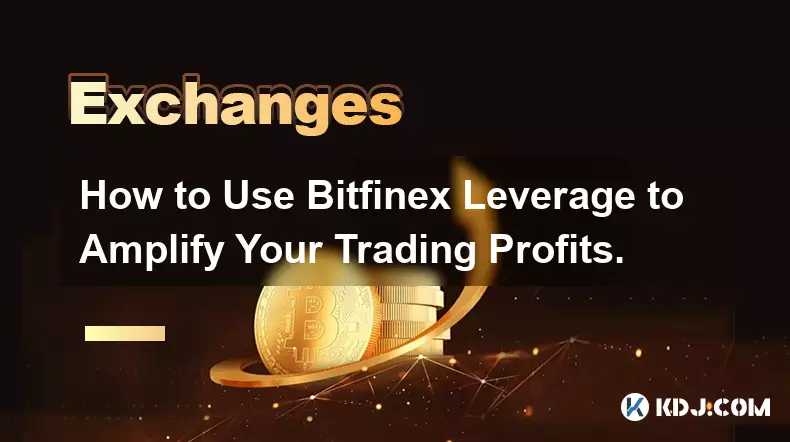
How to Use Bitfinex Leverage to Amplify Your Trading Profits.
Aug 29,2025 at 05:28am
Understanding Bitfinex Leverage Mechanics1. Bitfinex offers margin trading that allows users to borrow funds and increase their market exposure beyond...
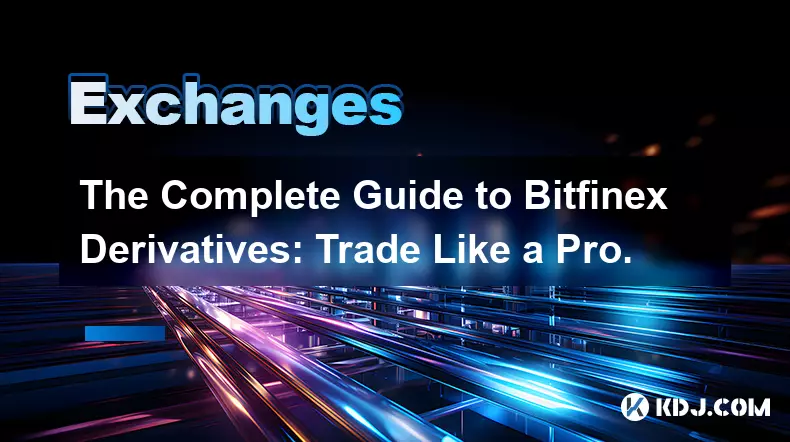
The Complete Guide to Bitfinex Derivatives: Trade Like a Pro.
Aug 29,2025 at 03:15am
Understanding Bitfinex Derivatives: What You Need to Know1. Bitfinex offers a robust derivatives trading platform that caters to both novice and exper...
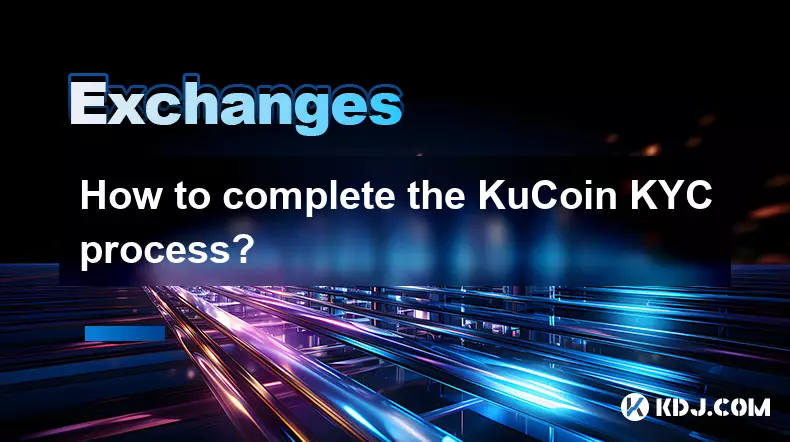
How to complete the KuCoin KYC process?
Aug 28,2025 at 03:28pm
Understanding the Importance of KYC on KuCoin1. KuCoin, like many centralized cryptocurrency exchanges, requires users to complete Know Your Customer ...
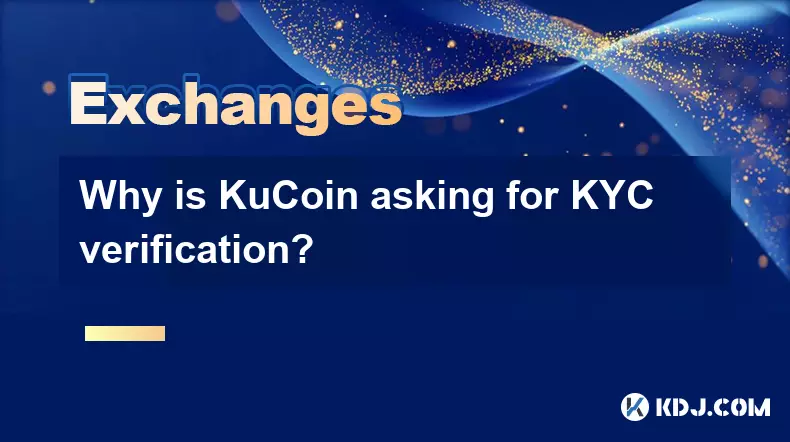
Why is KuCoin asking for KYC verification?
Aug 28,2025 at 05:14pm
Understanding the Need for KYC on KuCoin1. Regulatory compliance is a primary reason KuCoin requires KYC verification. As global financial regulations...
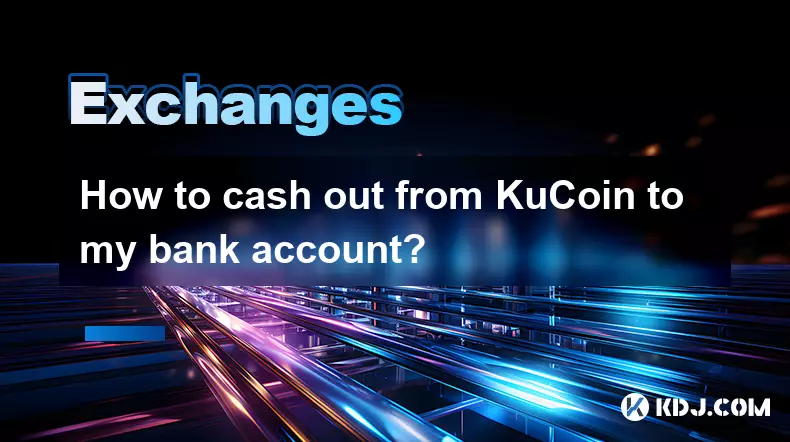
How to cash out from KuCoin to my bank account?
Aug 28,2025 at 04:28pm
Understanding the Process of Withdrawing from KuCoin1. KuCoin is a global cryptocurrency exchange that allows users to trade various digital assets. W...

Bitfinex API Trading: The Ultimate Guide for Developers.
Aug 29,2025 at 06:29am
Understanding Bitfinex API Basics1. Bitfinex provides a comprehensive REST and WebSocket API that allows developers to interact with its trading engin...

How to Use Bitfinex Leverage to Amplify Your Trading Profits.
Aug 29,2025 at 05:28am
Understanding Bitfinex Leverage Mechanics1. Bitfinex offers margin trading that allows users to borrow funds and increase their market exposure beyond...

The Complete Guide to Bitfinex Derivatives: Trade Like a Pro.
Aug 29,2025 at 03:15am
Understanding Bitfinex Derivatives: What You Need to Know1. Bitfinex offers a robust derivatives trading platform that caters to both novice and exper...

How to complete the KuCoin KYC process?
Aug 28,2025 at 03:28pm
Understanding the Importance of KYC on KuCoin1. KuCoin, like many centralized cryptocurrency exchanges, requires users to complete Know Your Customer ...

Why is KuCoin asking for KYC verification?
Aug 28,2025 at 05:14pm
Understanding the Need for KYC on KuCoin1. Regulatory compliance is a primary reason KuCoin requires KYC verification. As global financial regulations...

How to cash out from KuCoin to my bank account?
Aug 28,2025 at 04:28pm
Understanding the Process of Withdrawing from KuCoin1. KuCoin is a global cryptocurrency exchange that allows users to trade various digital assets. W...
See all articles























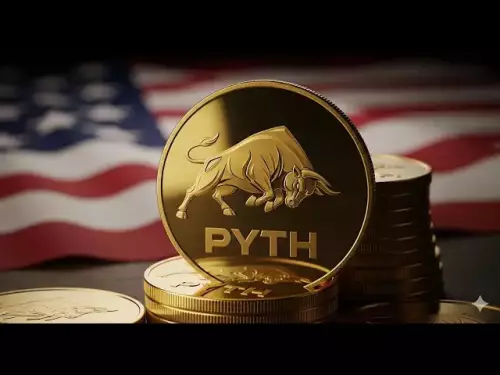
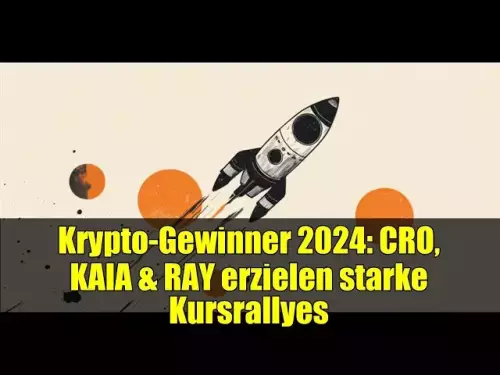
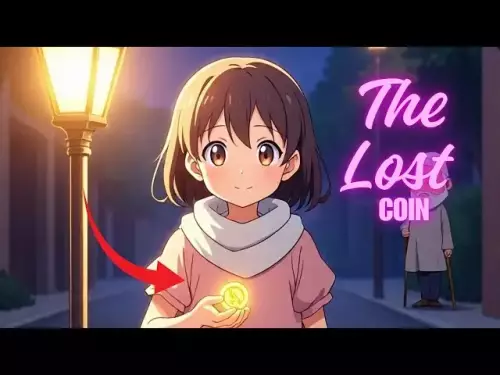
![28 August 2025 - [Evening]Mr Mint (MNT) Zoom Call | Latest Update & Future Plans | Stepmint | 28 August 2025 - [Evening]Mr Mint (MNT) Zoom Call | Latest Update & Future Plans | Stepmint |](/uploads/2025/08/29/cryptocurrencies-news/videos/august-evening-mint-mnt-zoom-call-update-future-plans-stepmint/68b08b4c56a56_image_500_375.webp)






























































